Brutalist cathedral in the UK opens to the public following renovation
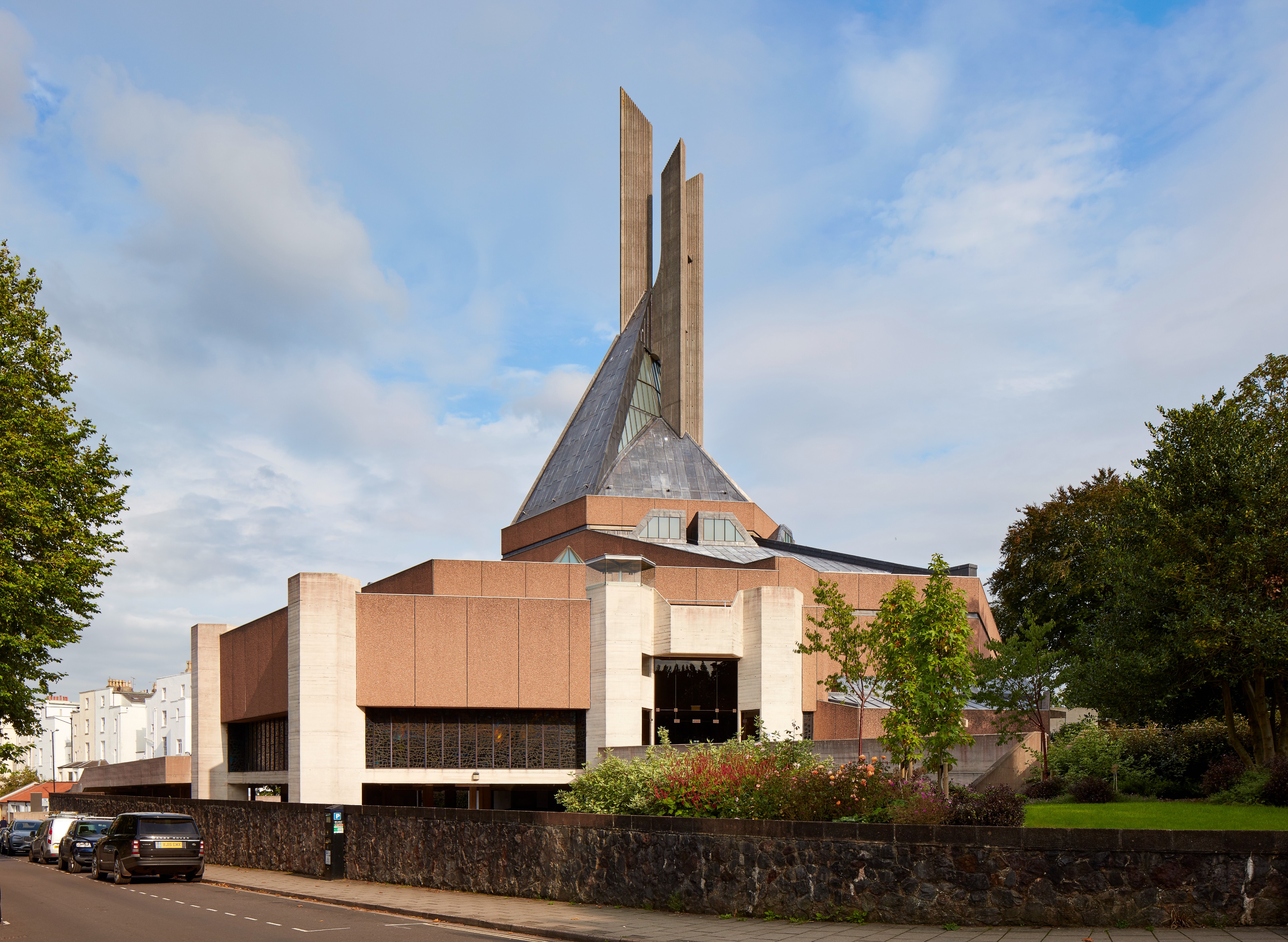
Architecture buffs might recognise the brutalist cathedral in Clifton, Bristol by its distinctive, irregular, elongated hexagonal floorplan. What many don’t know however, is that the iconic building has been suffering from water leakages for years, due to its large, striking lead roof not being entirely watertight. Enter architecture and heritage experts Purcell, who have just unveiled their careful repair work to the building’s historical fabric, rendering the cathedral fully watertight for the first time ever.
The structure, also known as Roman Catholic Cathedral Church of SS. Peter and Paul in Clifton, Bristol, was originally constructed between 1969-73 to a design by Ron Weeks of the Percy Thomas Partnership, and is a Grade II* listed monument.
Due to the building’s sensitive and historical nature, Purcell worked closely with all relevant parties and the Lead Sheet Association to ensure the greatest care is taken when carrying out the repair works. The latter was heavily involved because the pitched roof required the majority of the works – some 86 tons of replacement lead. It was the largest lead roofing project in Britain at the time of its creation.
Making a key architectural monument fully operational again, while safeguarding it for the future, Purcell also aimed to respect its characteristic original style and concrete aesthetic. ‘Our conviction was for the building to become watertight, and safe and open for use, but also not to lose any of its rigour and quality as a superb exponent of the late brutalist era’, says the company’s partner in Bristol, Clifford Martin. ‘The works have been undertaken with the intention to both repair and protect the building, and to magnify and celebrate its original design and detail.’
And there’s one more twist to this success story. A condition of the project’s funding was that it opened up parts of the building to the public that has previously been inaccessible, such as the gallery over the iconic baptistery, and a staircase that had previously been sealed off. This way, visitors can enjoy the structure both as a monument and for its religious services, in the best possible way.
See more cutting-edge religious architecture around the world
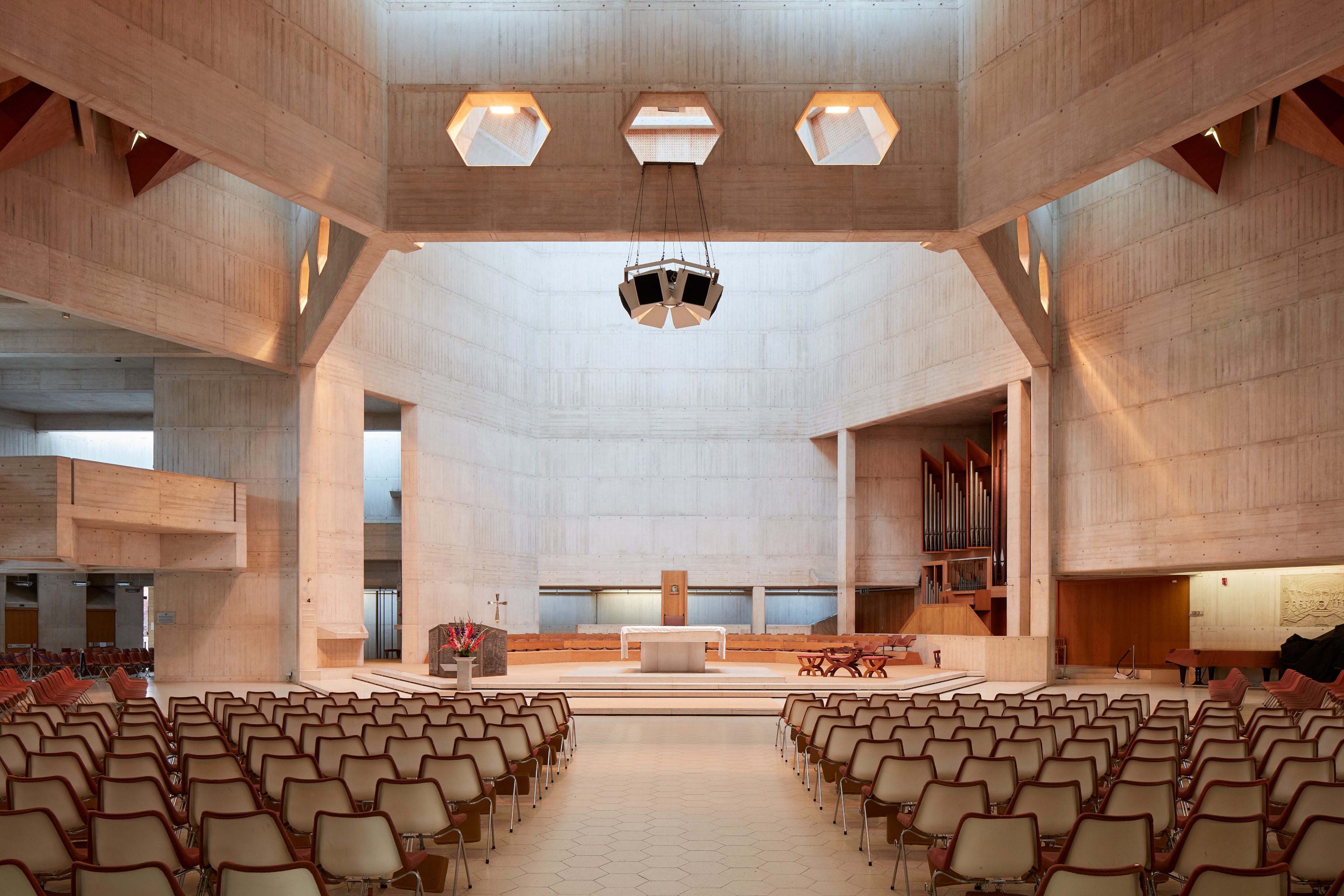
Roman Catholic Cathedral Church of SS. Peter and Paul in Clifton is now fully watertight for the first time.
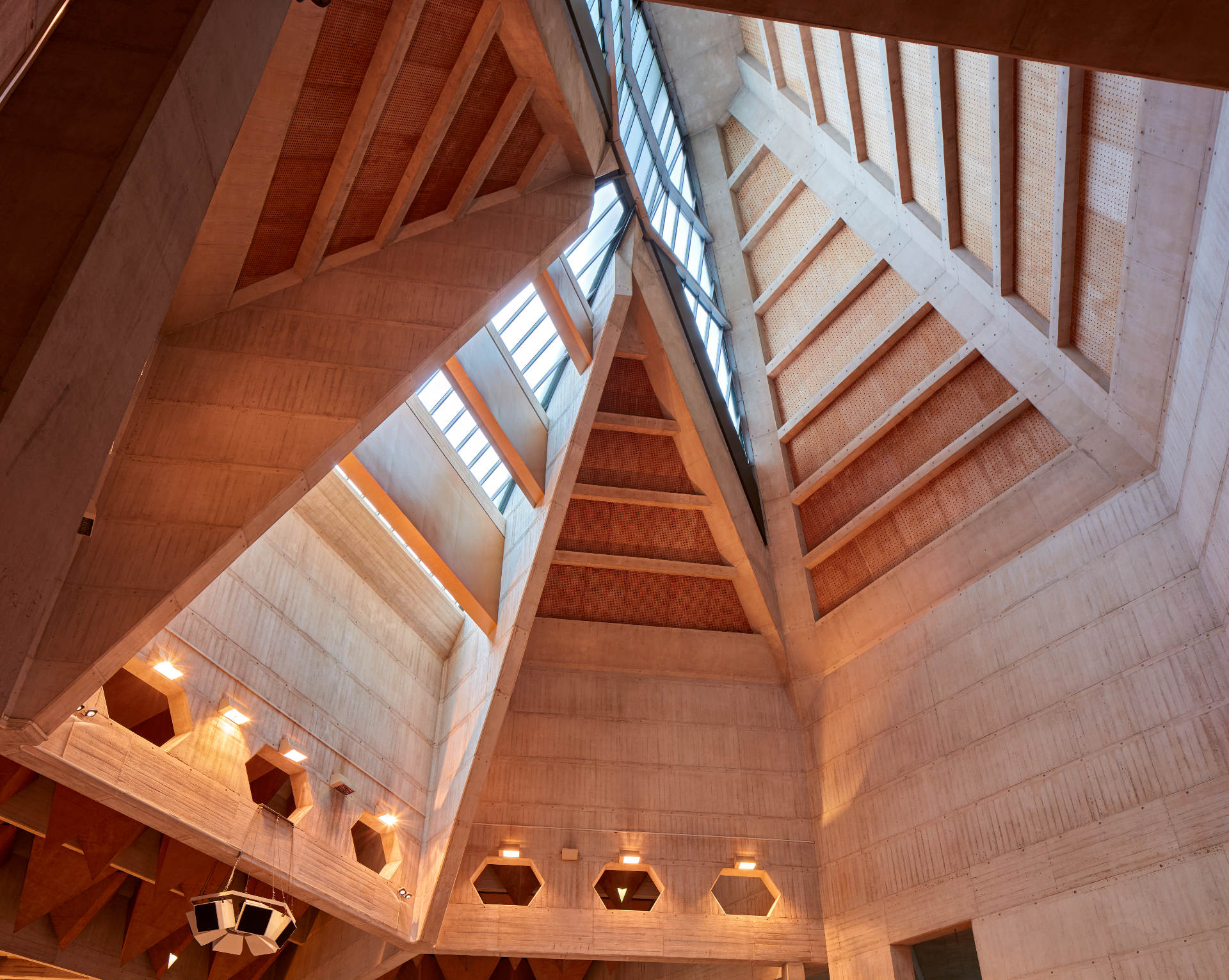
The building was originally constructed between 1969–73 to a design by Ron Weeks of the Percy Thomas Partnership.
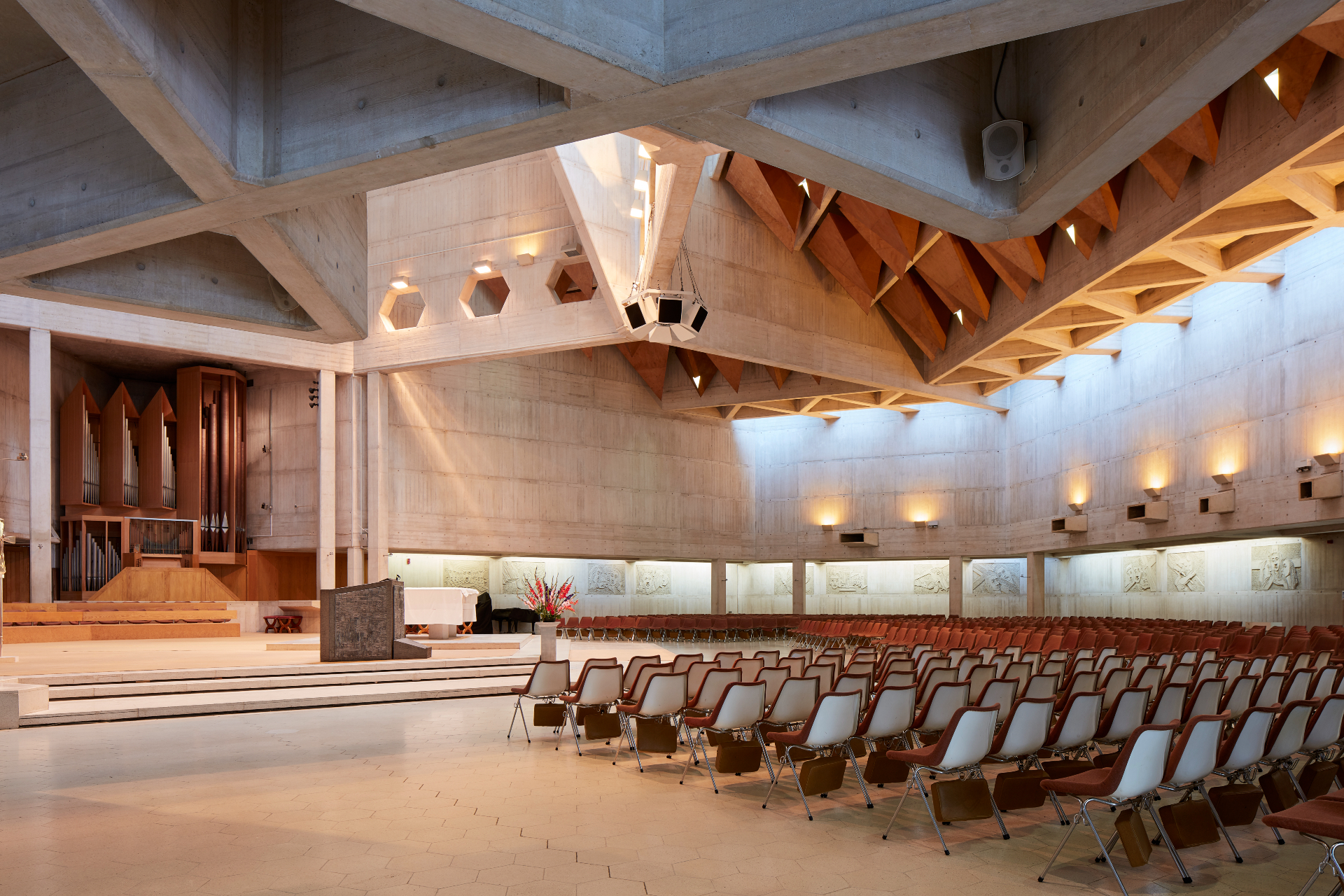
Today, the concrete composition of the Clifton cathedral Grade II* listed.
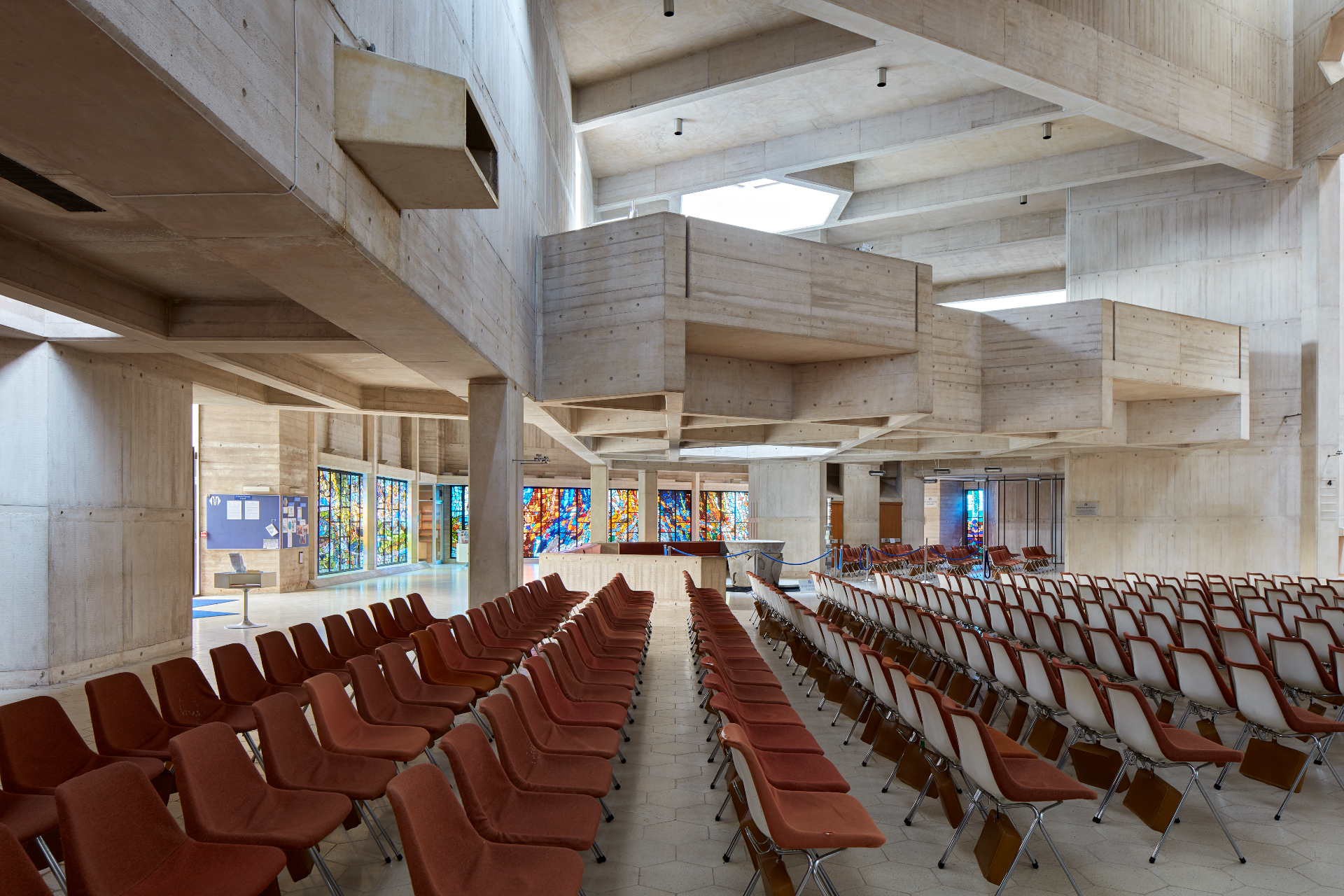
The space is well known for its fairly modest, ‘theatre-like’ composition.

Purcell took care to maintain the structure’s concrete aesthetic.
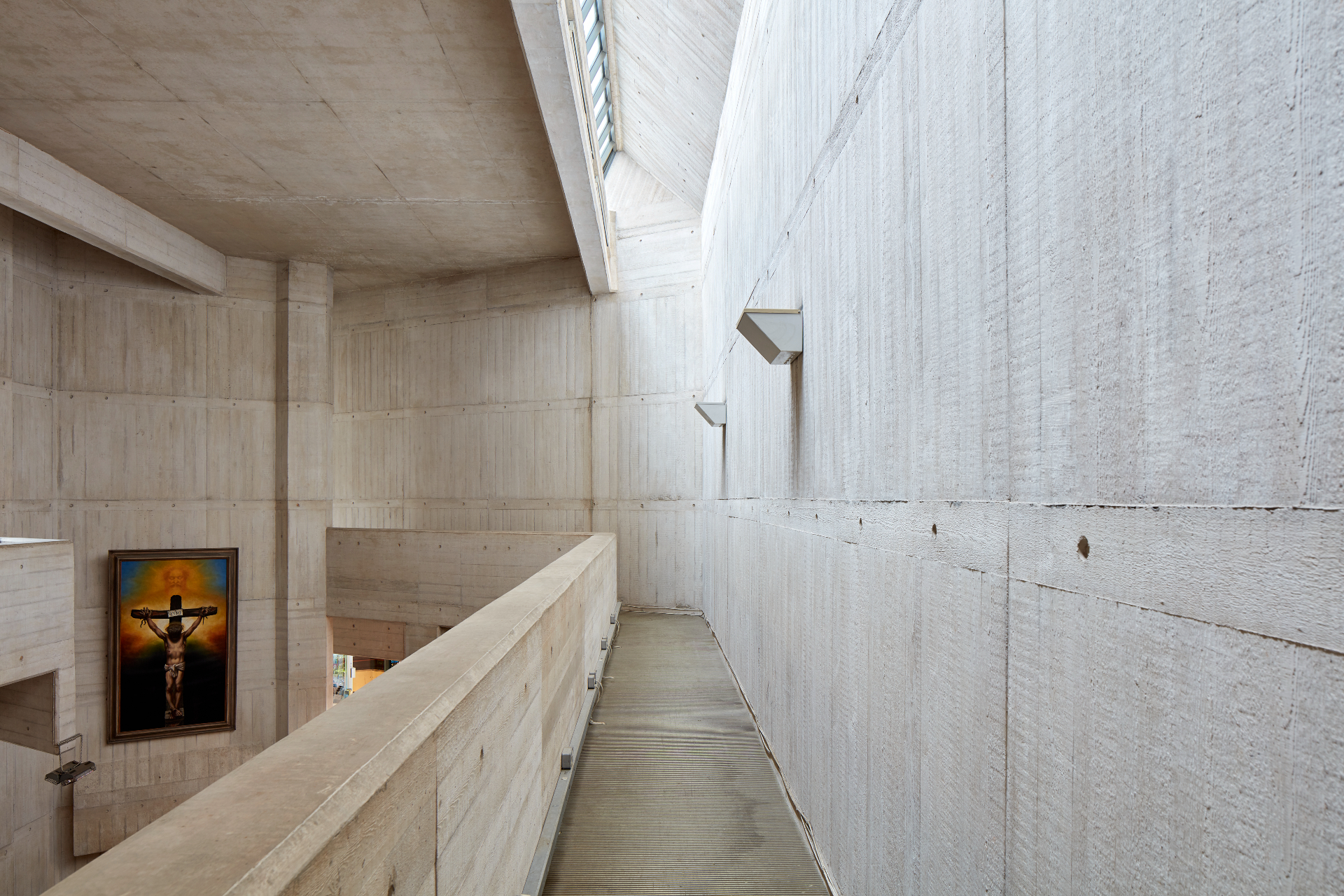
The necessary works prevent further deterioration to the building fabric.
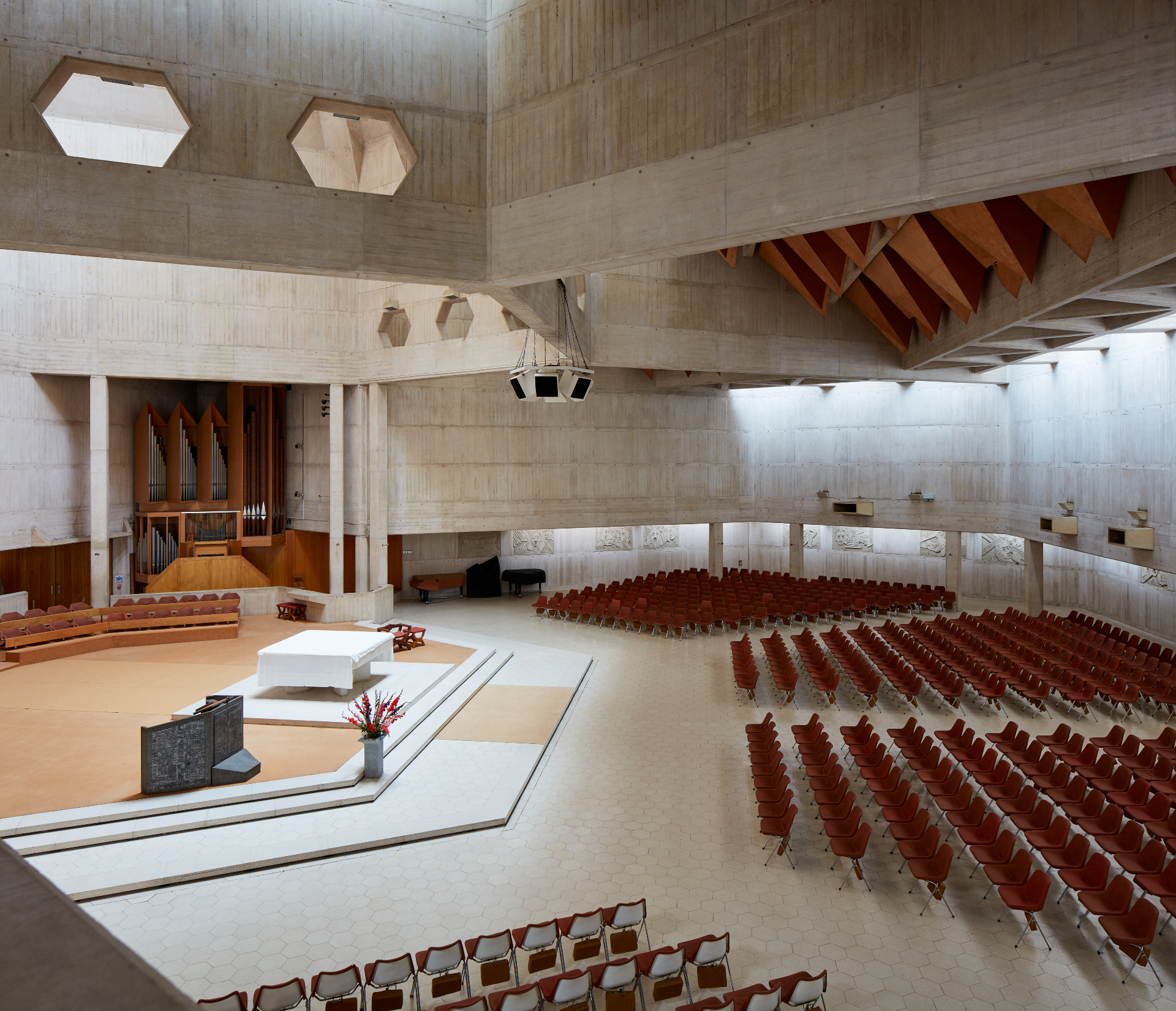
The main space features a distinctive irregular, elongated hexagonal plan.
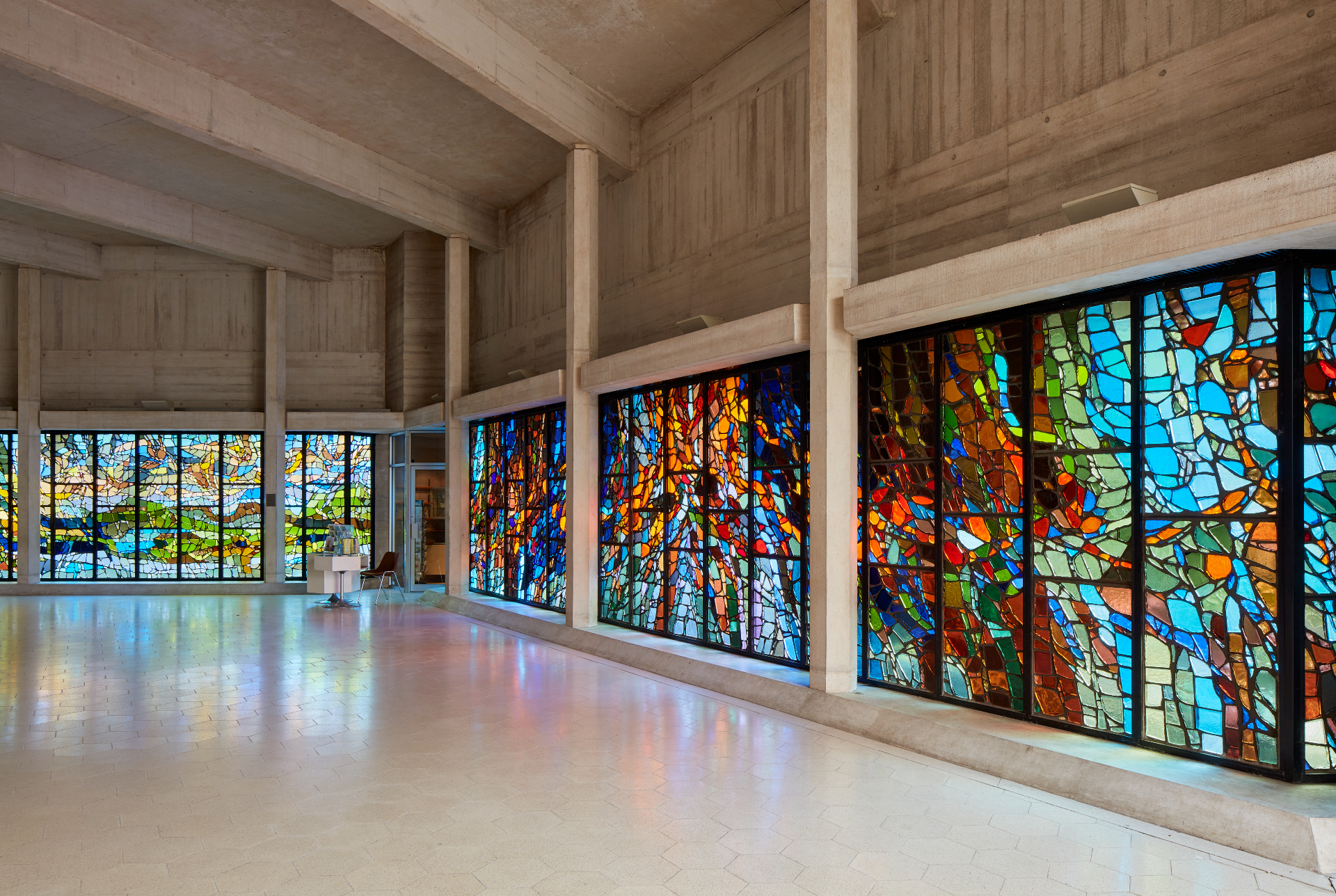
A condition of the project’s funding was that it opened up parts of the building to the public.
INFORMATION
Receive our daily digest of inspiration, escapism and design stories from around the world direct to your inbox.
For more information visit the website of Purcell
Ellie Stathaki is the Architecture & Environment Director at Wallpaper*. She trained as an architect at the Aristotle University of Thessaloniki in Greece and studied architectural history at the Bartlett in London. Now an established journalist, she has been a member of the Wallpaper* team since 2006, visiting buildings across the globe and interviewing leading architects such as Tadao Ando and Rem Koolhaas. Ellie has also taken part in judging panels, moderated events, curated shows and contributed in books, such as The Contemporary House (Thames & Hudson, 2018), Glenn Sestig Architecture Diary (2020) and House London (2022).
-
 Winston Branch searches for colour and light in large-scale artworks in London
Winston Branch searches for colour and light in large-scale artworks in LondonWinston Branch returns to his roots in 'Out of the Calabash' at Goodman Gallery, London ,
-
 The most anticipated hotel openings of 2026
The most anticipated hotel openings of 2026From landmark restorations to remote retreats, these are the hotel debuts shaping the year ahead
-
 Is the future of beauty skincare you can wear? Sylva’s Tallulah Harlech thinks so
Is the future of beauty skincare you can wear? Sylva’s Tallulah Harlech thinks soThe stylist’s label, Sylva, comprises a tightly edited collection of pieces designed to complement the skin’s microbiome, made possible by rigorous technical innovation – something she thinks will be the future of both fashion and beauty
-
 Step inside this perfectly pitched stone cottage in the Scottish Highlands
Step inside this perfectly pitched stone cottage in the Scottish HighlandsA stone cottage transformed by award-winning Glasgow-based practice Loader Monteith reimagines an old dwelling near Inverness into a cosy contemporary home
-
 This curved brick home by Flawk blends quiet sophistication and playful details
This curved brick home by Flawk blends quiet sophistication and playful detailsDistilling developer Flawk’s belief that architecture can be joyful, precise and human, Runda brings a curving, sculptural form to a quiet corner of north London
-
 A compact Scottish home is a 'sunny place,' nestled into its thriving orchard setting
A compact Scottish home is a 'sunny place,' nestled into its thriving orchard settingGrianan (Gaelic for 'sunny place') is a single-storey Scottish home by Cameron Webster Architects set in rural Stirlingshire
-
 Porthmadog House mines the rich seam of Wales’ industrial past at the Dwyryd estuary
Porthmadog House mines the rich seam of Wales’ industrial past at the Dwyryd estuaryStröm Architects’ Porthmadog House, a slate and Corten steel seaside retreat in north Wales, reinterprets the area’s mining and ironworking heritage
-
 Arbour House is a north London home that lies low but punches high
Arbour House is a north London home that lies low but punches highArbour House by Andrei Saltykov is a low-lying Crouch End home with a striking roof structure that sets it apart
-
 A former agricultural building is transformed into a minimal rural home by Bindloss Dawes
A former agricultural building is transformed into a minimal rural home by Bindloss DawesZero-carbon design meets adaptive re-use in the Tractor Shed, a stripped-back house in a country village by Somerset architects Bindloss Dawes
-
 RIBA House of the Year 2025 is a ‘rare mixture of sensitivity and boldness’
RIBA House of the Year 2025 is a ‘rare mixture of sensitivity and boldness’Topping the list of seven shortlisted homes, Izat Arundell’s Hebridean self-build – named Caochan na Creige – is announced as the RIBA House of the Year 2025
-
 In addition to brutalist buildings, Alison Smithson designed some of the most creative Christmas cards we've seen
In addition to brutalist buildings, Alison Smithson designed some of the most creative Christmas cards we've seenThe architect’s collection of season’s greetings is on show at the Roca London Gallery, just in time for the holidays